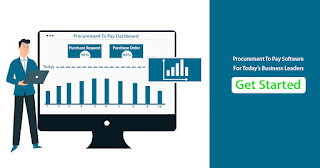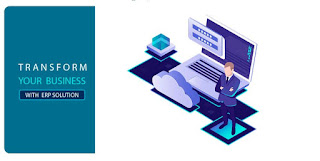Process of Procurement to pay Life cycle
TYASuite Procurementto Pay Software manage your procurement cycle seamlessly to purchase your required items/products or services from the external vendors by involving in the step by step procedure. This process involves in inquire, request, receive and then pay so, therefore, the complete cycle is called procurement to pay process The key process of the procurement life cycle. Product Requirement analysis: The procurement process starts with the analysis of the products they demand and when they required and what is the affordable budget for the company. Selection of vendors: In this step, the company involves in a list of vendors. By comparing them with a list of other vendors they select one among them who can provide the goods they required from them. Requesting a quote from selected vendors: The company will request for the quote with the selected vendor which includes the information of goods & services, terms and conditions, signature of auth...


